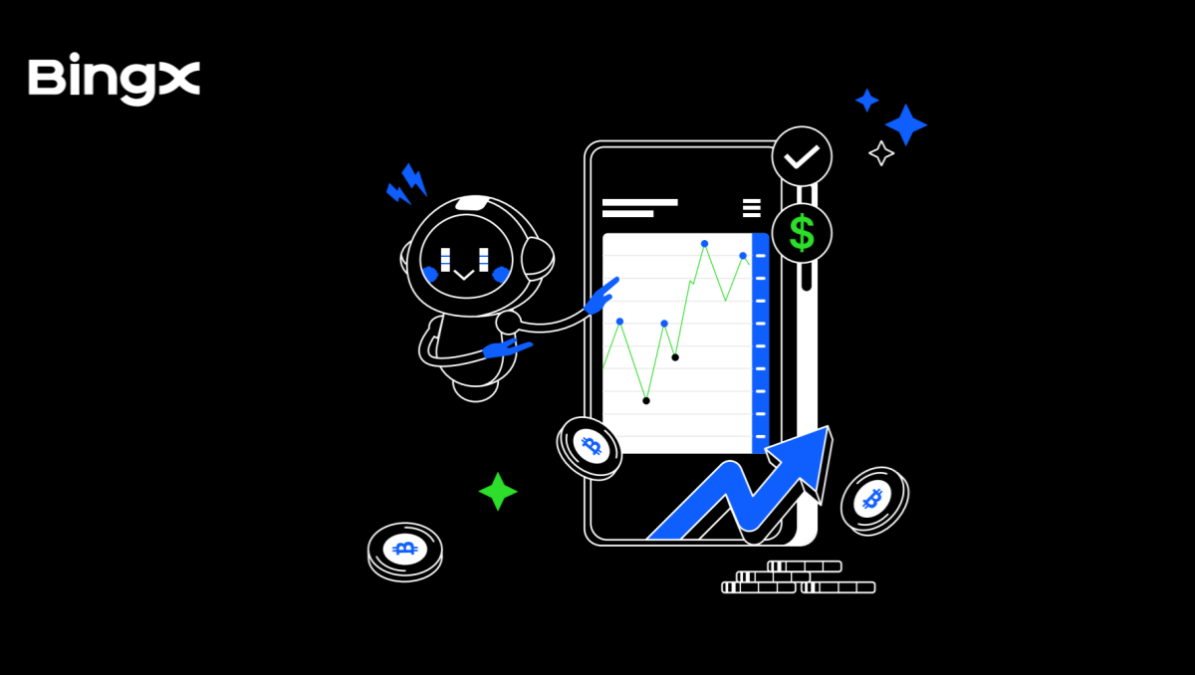
Tariff policy is about to be announced, and analysts say Bitcoin may reach a new high of $110,000
April 2, 2025
BlackRock CEO’s annual letter to investors: Bitcoin may challenge the global status of the US dollar, and tokenization is the future financial highway
April 2, 2025The United States plans to launch “BTC bonds” or use the appreciation of BTC to offset trillions of dollars in national debt?

According to a policy framework released by the BTC Policy Institute, the U.S. Treasury Department is likely to allocate $200 billion to purchase BTC through the proposed issuance of $2 trillion “BTC Enhanced Treasury Bonds” (hereinafter referred to as “BTC Bonds”).
The “BTC bond” is structured to refinance a portion of the $14 trillion in federal debt that matures over the next three years.
Each bond will use 90% of its proceeds for traditional government financing and 10% for the purchase of BTC, thereby creating a strategic BTC reserve without directly using taxpayer funds.
Gain BTC investment exposure at low interest rates
The proposed “BTC bond” has an annual interest rate of 1%, which is much lower than the current 10-year Treasury bond yield of about 4.5%. In exchange for accepting a lower fixed return, investors will receive appreciation income linked to BTC through a structured payment mechanism when the bond matures.
This payment will include full principal repayment, fixed interest, and a portion of income linked to BTC. Within the annual compound rate of return threshold, investors can obtain 100% of the appreciation of BTC. For the portion exceeding the threshold, investors can obtain an additional 50% of the income, and the rest will be retained by the government.
Performance modeling based on earnings performance shows that even if the BTC price remains flat over a 10-year period, the U.S. would still save approximately $354 billion in present value by subtracting the $200 billion in BTC allocation from the projected $554.4 billion in interest savings.
The framework emphasizes that if BTC prices rise according to historical median levels, the program could offset a significant portion of the national debt by 2045.

In addition, the “BTC Bond” proposal also includes tax exemption for interest payments and returns linked to BTC, making it a savings product friendly to retail investors. It is expected that 132 million American households will participate, and the average investment amount per household may reach US$3,025.
The proposal also outlines a legislative and regulatory framework for putting the tax incentives on the books of law, which would be administered by the Treasury Department and the Internal Revenue Service (IRS).
For institutional investors, the “BTC Bond” provides a compliant channel to gain exposure to BTC while maintaining the safety of Treasury bonds. Approximately 80% of the “BTC Bond” will be absorbed by institutional investors and foreign buyers, and the remaining 20% will be sold to American households.
Implementation roadmap and risk considerations
The plan includes a three-phase implementation strategy: a $5 billion to $10 billion pilot program, a legislative expansion phase, and full integration into the Treasury Department’s standard issuance schedule.
The plan includes risk management protocols to address risks in BTC price volatility, market transactions, operational security, and regulatory classification. To mitigate market disruptions, the government will acquire $200 billion of BTC through phased fixed-amount investments and diversified trading channels.
The brief also details custody standards and coordination with federal regulators to clarify the bonds’ classification under securities, commodities and tax laws.
The proposed $200 billion BTC purchase plan would fund the strategic BTC reserve to be established by President Donald Trump via executive order in March 2025.
The order classifies BTC as “digital gold” and authorizes a budget-neutral strategy to expand the state’s holdings. BTC recovered through confiscations will fund the initial reserve. The “BTC Bond” program builds directly on this directive, expanding the size of the reserve through public bond issuance without relying on additional tax revenue.
The policy brief states that the reserve will serve as a store of value, with assets being properly managed and not actively traded. The custody solution includes multi-signature cold storage and a dedicated security infrastructure managed by a dedicated treasury unit.
Long-term effects
Simulation scenarios based on BTC’s historical performance suggest that BTC reserves could accumulate trillions of dollars in value.
Assuming a historical median CAGR of 53%, BTC holdings in reserves could be worth more than $14 trillion by 2035, with governments retaining a $6.5 trillion share.
Even if BTC growth rate is in the 10th percentile, the value of reserves held by the government could exceed the current gold reserves of the United States.
The BTC bond program is seen as an alternative to traditional austerity or tax-based debt solutions. It achieves long-term fiscal stability through asset appreciation, with the potential to reduce or offset future federal debt obligations.
The document also states that the proposal would put the United States at the forefront of integrating BTC in global sovereign finance, with far-reaching implications for financial resilience, debt management, and the development of digital asset markets.


